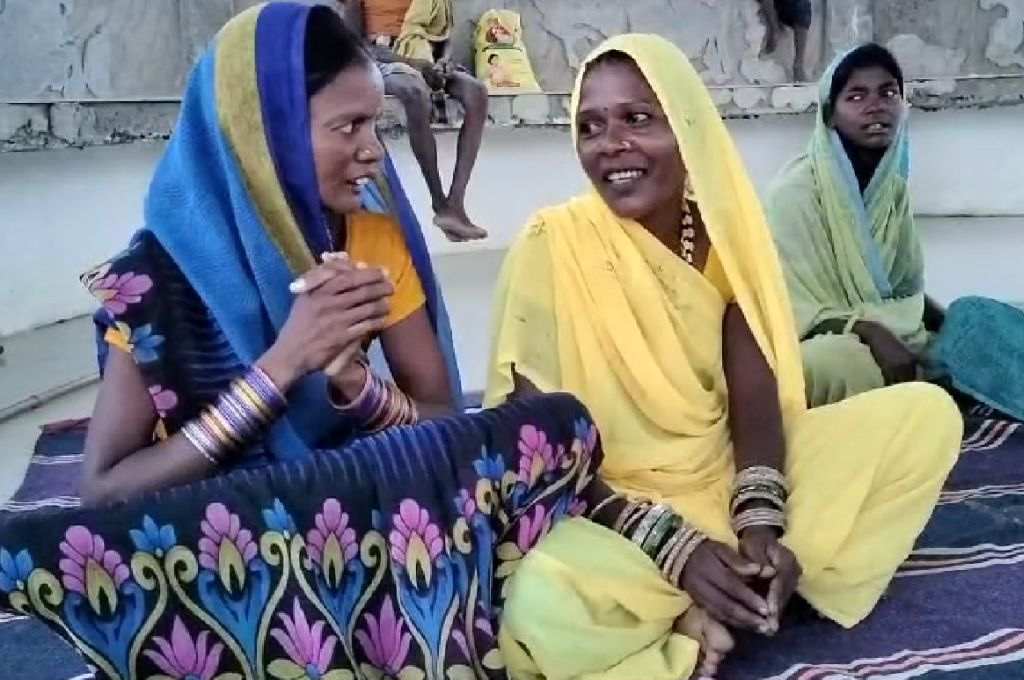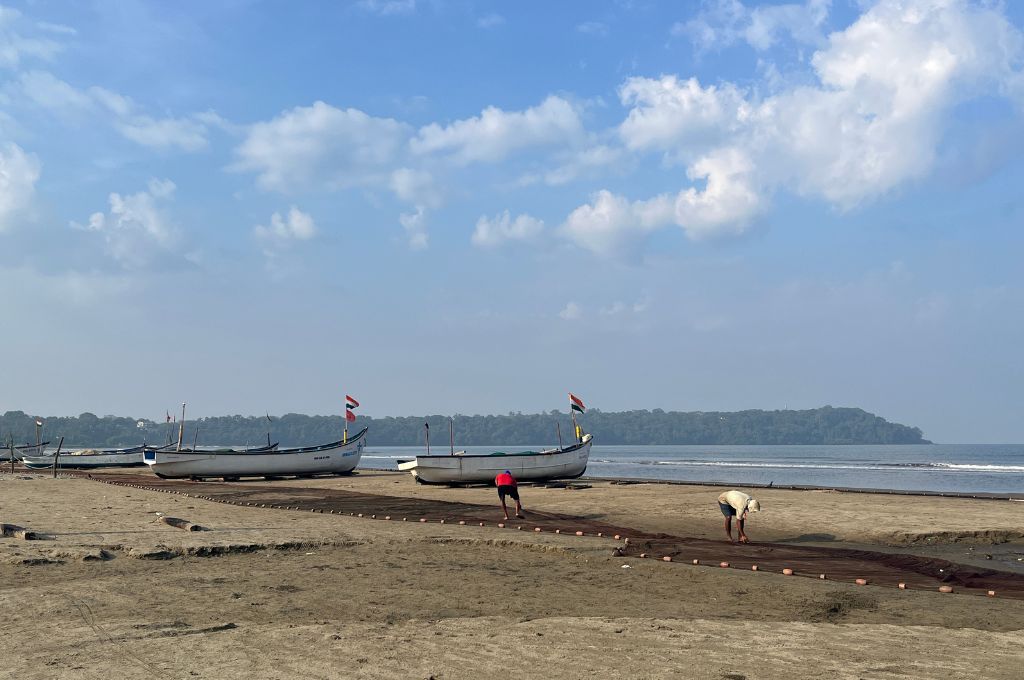Bird’s eye: How the Sarus crane is adapting to climate change
Several villages in Uttar Pradesh’s Sitapur district are home to the Sarus crane. This non-migratory bird builds its nest in wetlands found across the state. However, in recent years, a marked increase in agricultural land, combined with erratic rainfall caused by climate change, has led to the destruction of major wetlands. This has resulted in the shrinkage of the Sarus crane’s habitat.
To adapt to this change, the bird has begun to cohabit with the farmers in the district, expanding its territory from wetlands to include crop fields. The Sarus have now started building their nests in fields that are being irrigated.
Suresh from Chitrehta village in Sitapur district shares, “The Sarus population has been declining for the past two decades. There are currently two pairs living in my village. The main factor affecting their numbers is the decrease in rainfall. I have also noticed that they avoid building their nests near wetlands now because several plants used in constructing the nest—which weighs approximately 30 grams—no longer grow there. Instead, they’ve started making their nests using straw found in frequently irrigated paddy fields.”
Pappu Kumar, another farmer from the same village, says, “They are a very intelligent species—they notice which farms are being irrigated. Accordingly, they decide when to go to which field for feeding and foraging.”
He adds, “When the field is irrigated, the soil becomes inundated, causing insects to come out. The birds feed on these insects and remain in the field for as long as it is being irrigated. They shift to another field as soon as irrigation ends at the field they are residing in.”
Ramjeevan from Chathiya village says, “Every year, we must make assumptions about the weather as the monsoon dates have started to shift. We predict the temperature based on when the Loo (wind) arrives and its direction. Since the Sarus have started residing in our fields, their behaviour helps us in estimating the amount of rainfall we will receive. If the bird places its egg deeper in the pond, then there will be less rain. If she nests at an elevation higher than the pond’s, then there will be more rain. This prediction helps us decide which crop we should be growing that year—especially if it should be paddy and sugarcane, since they consume a lot of water.”
Astha Chaudhary and Dipti Arora are research scholars studying human–wildlife interactions in Uttar Pradesh. They are associated with the Coexistence Consortium.
—
Know more: Read this article to learn about human–wildlife conflict in the Corbett Tiger Reserve.
Do more: Connect with the authors at [email protected] and [email protected] to learn more about and support their work.



